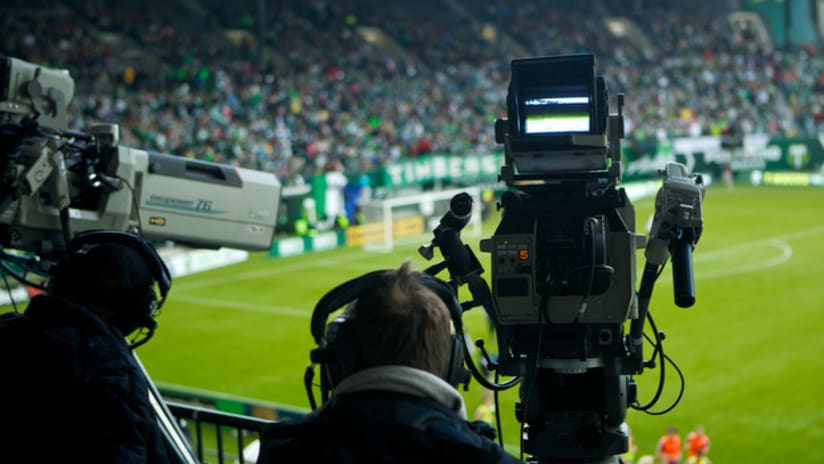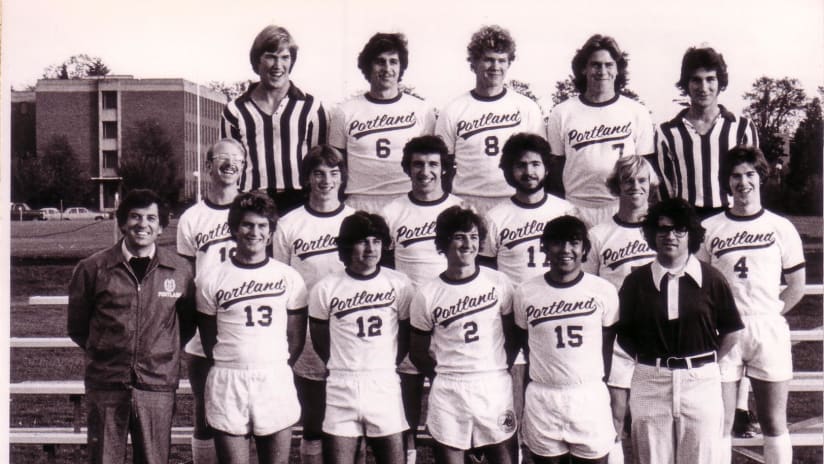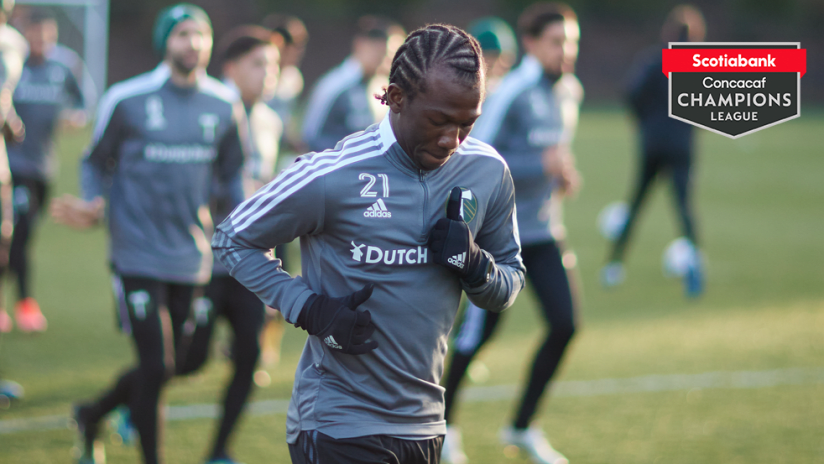You hear the voices coming through your television. You see the images flicker across your screen. Portland Timbers broadcasts are a unique and complicated production as challenging as the action taking place on the field.
Few people know this as well as ROOT SPORTS Coordinating Producer/Director Patrick Brown who is the man behind-the-scenes making sure each broadcast comes through clearly and with all the requisite angles and drama. His work on Timbers broadcasts recently won him an Emmy from the Northwest Chapter of the National Academy of Television Arts and Sciences (NATAS) in the category of Director - Live or Recorded Live.
We asked Brown to talk about how he got into soccer and what are the keys to making a top broadcast.
Name: Patrick Brown, Coordinating Producer/Director, ROOT SPORTS
Hometown: Vancouver, WA, USA
Favorite soccer club (other than the Timbers): After spending the past few years searching for a BPL team, I recently declared my allegiance to Everton.
Q: What was your first experience with soccer?
Pat Brown: I played youth soccer in third grade, but realistically, my awareness of soccer started when we started televising Portland Timbers USL matches in 2007. I got fully “stuck in” in 2010 when we televised the friendly versus Boca Juniors, and then the USOC third round heartbreaker vs the Sounders a month later.
Q: What’s your favorite Timbers moment so far?
PB: That’s a real tough question to answer! So many candidates: First road trip in 2011 at Colorado, the come-from-behind win at Kansas City in 2013, seeing the team crush the Sounders in the playoffs at the end of last year. All that said, I think my favorite moment will always be the Nagbe wondergoal at home against KC in 2011. The amazing shot by Darlington combined with John Strong’s tremendous call, always gives me goosebumps to this day.
Q: Soccer, unlike many other sports is a game in constant in motion with little to no stoppage during run of play. How do you approach a broadcast to address that, to tell the story of the game? Considering the action is nearly nonstop, what’s the most challenging aspect?
PB: Everything you mention there is correct, it is a challenge, but it is also a director’s dream. Since we’re not going to-and-from commercials every four minutes, I get to spend 45 solid minutes per half getting wrapped up in the action.
No question though, it is very difficult to tell every story well. The decision to go to replay is one that has to be made quickly and on instinct. Figuring out if a player standing over a ball before a free kick is going to take his time lining up the shot, or quickly get the ball into play is easily the greatest challenge. We do our best to get it right, but if we don’t, we’ll get back to live as quickly as possible. Every game is a learning opportunity, and as the season progresses you start to learn tendencies of certain players that will help inform the decision on whether we should go away from live action.
Q: What’s the single-most important element to a successful match broadcast?
PB: The most important element to a successful broadcast is having everyone involved in the production on the same page. Although the producer and director are looked upon as the leaders, Keith Bleyer and Ross Smith are critical to helping us set the direction of the broadcast. Every technician involved in the broadcast (about 30 people on a home match) must be focused on their jobs at all times. When Keith and Ross can give us an idea, and we can use all of the tools at our disposal to help them tell the story in a unique way, then we’ve had a successful broadcast. Of course, it’s always better when the team wins!













